Ligurian wines and grape varieties
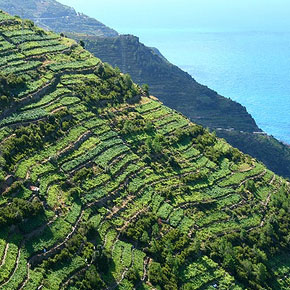
Diversity characterizes wine production along the Ligurian coast and is by far the most interesting feature of the Ligurian wine landscape. The roughly 270-km-long strip of land that runs along the coast from Ventimiglia to La Spezia houses two leading DOC stars: Rossese at one end (west) and Cinque Terre at the other (east).
In between, we have wines that are by no means less significant but pertain to more extensive DOC areas, such as the Riviera Ligure di Ponente and the Colli di Luni. The Riviera Ligure di Ponente includes Ormeasco , Pigato and Vermentino. The Colle di Luni white and red wines, among which a fine Vermentino Colle Luni.
The Colline di Levanto (Colline di Levanto Bianco and Colline di Levanto Rosso), Golfo del Tigullio (Golfo del Tigullio Bianco and Rosso, Ciliegiolo ) and Val Polcevera (Bianchetta and Vermentino) are the coast’s other DOC areas.
The Ligurian wine scenario offers a range of high-quality good value wines, albeit in limited quantities; this certainly testifies to the excellent workmanship that lies behind them. As a matter of fact, over the last few years indiscriminate and not particularly attentive production has given way to more careful processing aimed at providing a quality product, in many cases at the expense of quantity.
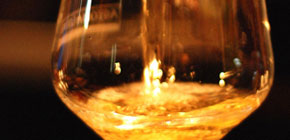
Bianchetta
Light or deep straw-yellow in color, with subtle green highlights. Mild but broad, intense, persistent on the nose, with hints of apple, peach, and slight hints of conifer resins and wild fennel. In the mouth, it is dry but soft, savory, fairly full, and continuous. The alcohol content is between 11 and 12%. Made with a minimum of 85% Albarola grapes, it pairs well with vegetable and whitebait soups, risotto with seasonal vegetables or seafood, and boiled saltwater fish.
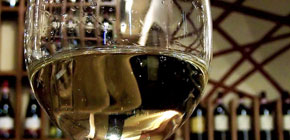
Colli di Luni
Straw-yellow in color, and a fine, intense, persistent aroma with hints of herbs and wildflowers and slight notes of rennet apple. The flavor of Vermentino Luni is dry, and savory, with a light yet full body and excellent consistency. Its alcohol content is no lower than 11%. It’s a dry white wine that works well with typical regional dishes such as deep-fried whitebait croquettes, stuffed vegetables, vegetable soups, pasta and rice with zucchini flowers or peas, asparagus crêpes, and hake in green sauce. In general, it pairs perfectly with all kinds of fish and fried foods.
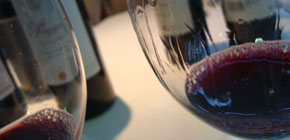
Ciliegiolo
A red wine that pairs well with a wide range of dishes, from seafood appetizers to Genoa-style minestrone, pesto lasagna, risotto, and fish such as sea bream baked with potatoes or in foil. Ciliegiolo has a delicate aroma and balanced flavor. Ruby red in color, it has a fruity, intense, and persistent aroma. Its flavor is savory, medium-bodied, and harmonious, with hints of berries. The alcohol content ranges between 11 and 12%. It is made using 85% grapes of the eponymous grape variety.
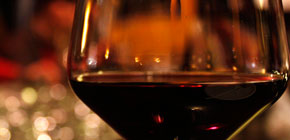
Rossese Dolceacqua
Ruby red, tending to garnet with age, and an intense flavor that varies from bottle to bottle. It boasts a dry, full-bodied aftertaste and ages well: after 4 or 5 years it pairs wonderfully with game dishes. It was the first of the Ligurian wines to obtain the DOC (Denominazione di Origine Controllata, i.e. designation of controlled origin) status. The Rossese grape variety is considered indigenous, but it may have a degree of kinship with a red grape variety that grows in the Bandol region, in France. The two grape varieties are bush-trained, and Rossese is the only bush-trained grape in Liguria.
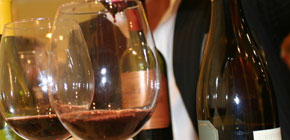
Pigato di Albenga
Possibly originating from Greece, this wine reached the dry hills of the Albenga Plain traveling through Spain and Corsica. The origin of its name is still uncertain but it probably comes from the “pighe”, i.e. brown spots that mark the berries once the clusters are ripe. It is a white wine that displays varying colors, fragrances, aromas, and flavors depending on the soil type, area, exposure, and winemaking techniques used. It has a brilliant, transparent, pale gold color veined with green highlights when it is made in areas that are far from the sea, and a bright, vivid gold when produced near the sea. Its aroma is always intense, with heady notes of grass, forest, pine trees, and sea and a faint fruity hint. The mouthfeel, dry, full, intense, and rich, leaves a lingering trace of warmth.
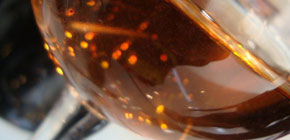
Vermentino
A grape variety that is unable to cope with harsh cold weather and only thrives in temperate climates, along the coast. It yields a clear, shiny, golden-hued wine that tends to amber after a year in the bottle. It carries a delicate rustic aroma, with a slightly fruity finish, and is soft, supple, serene, and caressing on the palate. Its slight initial bite unfolds gracefully into a velvety underlying bitterness. Popular in Liguria and Sardinia, and long considered native to both, Vermentino is actually a variety of Malvasia that was brought to Corsica from Spain in the 1300s and then reached Provence where it is known as Malvoisie Gros Grains.
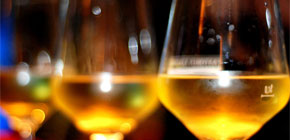
Cinque Terre
Arguably Liguria’s most celebrated and iconic wine. Rich in tradition and well-known even beyond borders, it is made from 60%-100% Bosco, and 0% to 40% Albarola grapes. The production area consists of four hundred hectares of terrain in strips or terraces, often overlooking the sea, located in Monterosso, Vernazza, and Rio Maggiore, three of the five coastal gems that give the area its name (the other two are Corniglia and Manarola). UNESCO has declared the Cinque Terre a “World Heritage Site” in recognition of its unique environment. Cinque Terre is straw-yellow in color and fresh and dry in flavor, with a delicate scent of field grasses and a slight brackish hint. It pairs fabulously with fish recipes and typical Ligurian pasta dishes.
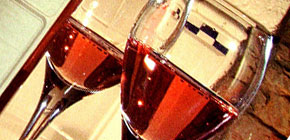
Ormeasco
Made from Dolcetto grapes (95%-100%) and other local red grapes. Bright ruby red in color, it has an intense winy aroma and dry, tannic flavor. Its name reveals the wine’s origins at a glance. Ormea is, in fact, the first Piedmontese town one finds after crossing the Colle di Nava. The Ormeasco variety is, quite simply, Piedmontese Dolcetto that grows in soils caressed by sea winds, hence with its own distinct personality. Ormeasco is, essentially, suitable for all types of meals, but its Superiore version (minimum one-year aging, and an alcohol content above 12.5°) pairs wonderfully with red meat and roasts.